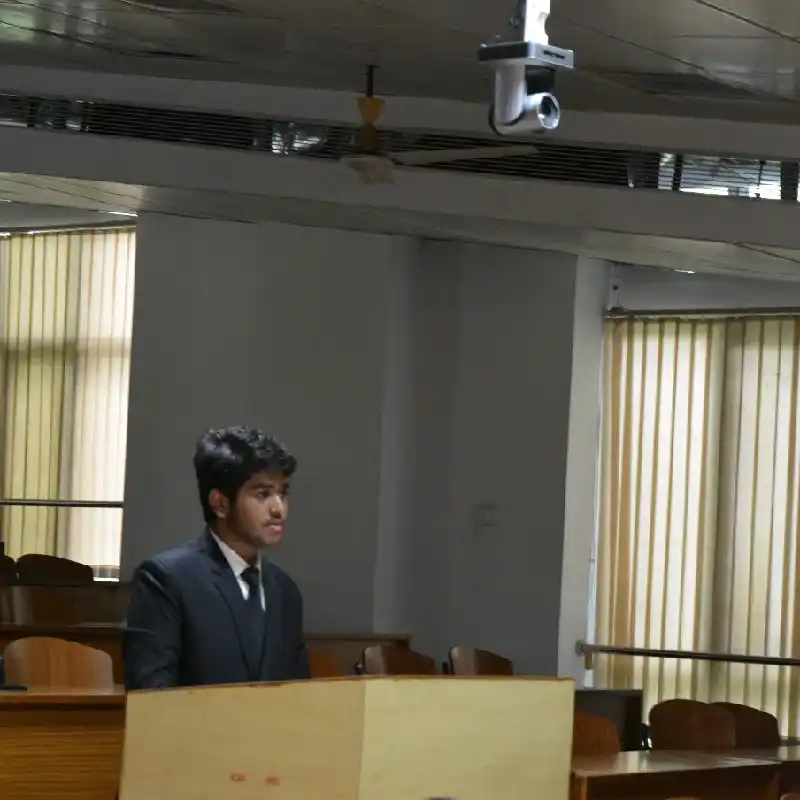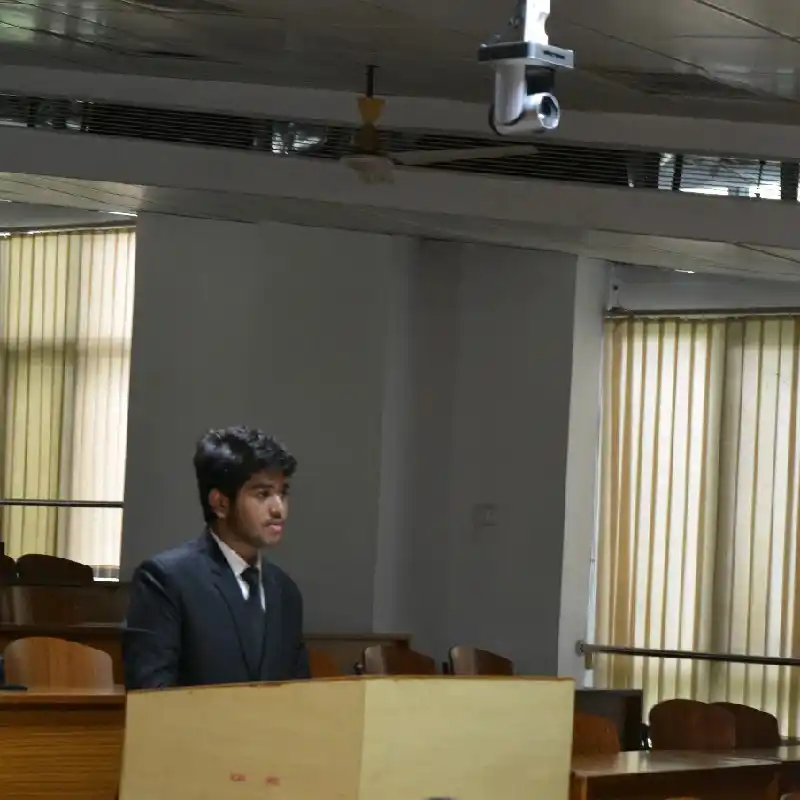What are the legal procedures for land acquisition in India?
The land acquisition process in India is a complex situation where law, government authority, and the interests of private individuals and communities play an important role. The legal framework for land acquisition is the Land Acquisition Act of 2013.
This article talks about the various sides of land acquisition like the legislative framework, the procedural steps, compensation, the role of government authorities, and the legal remedies available in case of disputes.
advertisement
The Land Acquisition Act, 2013
The Right to Fair Compensation and Transparency in Land Acquisition, Rehabilitation, and Resettlement Act, 2013 (often referred to as the Land Acquisition Act, 2013), is the law for land acquisition in India. This Act was enacted to solve the problems in the previous law of the Land Acquisition Act of 1894.
Key Features of the Land Acquisition Act, 2013:
- Fair Compensation: The Act requires that the compensation should be four times the market value in rural areas and double the market value in urban areas. This is a big change from the previous law, where people were receiving too little compensation.
- Social Impact Assessment (SIA): Before acquiring any land, the Act requires a Social Impact Assessment (SIA) to check how the acquisition can affect the lives of the people involved. This practice makes sure that land is only taken when really needed and that all possible effects are carefully considered.
- Rehabilitation and Resettlement (R&R): The Act requires a complete R&R package for people who are displaced due to land acquisition. This includes both money and also housing, job opportunities, and other support needed to help them rebuild their lives.
- Consent Requirements: For private projects, the approval of 80% of affected families is needed, and for public-private partnership projects, 70% consent is required. This rule makes sure that large-scale land acquisitions can't move forward without strong community support.
advertisement
The Process of Land Acquisition
The land acquisition process under the 2013 Act is detailed which includes several steps to make sure everything is transparent, fair, and respectful of the rights of the people and communities affected.
Step 1: Preliminary Notification (Section 11):
The process starts with a preliminary notice from the government that announces the plan to acquire land for a public purpose. This notice is published in the official gazette, local newspapers, and other channels. After the notice, a Social Impact Assessment (SIA) is carried out to check how the acquisition can affect the local people and the environment.
Step 2: Social Impact Assessment (SIA) (Section 4):
The SIA study is an important part of the process. It includes talking to affected families and other people who are involved in this process. The study checks at how the project will affect their lives, including their jobs, culture, and environment. After the study is done, experts review the results to decide if the project is worth doing at the cost of the changes it will bring.
Step 3: Publication of Draft Declaration and Objection Hearing (Section 15):
If the government decides to acquire land after the SIA report, they will publish a draft notice showing which land will be taken. People affected by this can object to the acquisition, and their objections will be reviewed by the proper authority.
Step 4: Final Declaration and Acquisition (Section 19):
advertisement
After reviewing the objections, the government will issue a final notice published in the official gazette and local newspapers. Once this is done, the government can move forward with the acquisition and take control of the land.
Step 5: Compensation and Award (Section 23):
The compensation for the acquired land will be based on its market value. Additionally, the Act includes a solatium, which is extra money to account for the forced nature of the acquisition. Another form of compensation to the affected families is a rehabilitation and resettlement package, which may include alternative land, housing, employment, or other forms of help as needed.
Step 6: Payment and Possession (Section 38):
Compensation must be paid, and the rehabilitation and resettlement measures should be given before the land is taken. If there is a delay in payment, the owner of the acquired land is entitled to receive interest on the compensation amount.
Compensation and Rehabilitation
Compensation(section 27) and rehabilitation(section 16) can be said to be the most important parts of land acquisition because they directly affect the lives of those who lose their land. The 2013 Act has a more fair and compassionate approach to providing compensation.
Compensation Provisions:
- Market Value(section 26): Compensation is determined by the market value of the land. The Act makes sure that the value matches the current market conditions which helps to avoid the underpayment problems that were common under the old law.
- Solatium(section 30): An extra amount (solatium) is added to the compensation to account that makes the acquisition compulsory.
advertisement
Rehabilitation and Resettlement (R&R):
R&R is an important part of the compensation process. The Act requires that displaced individuals and families should not only get monetary compensation but also assistance which might help in rebuilding their lives. Section 31 includes:
- Alternative Housing: Provision of alternative housing or a land-for-land option.
- Livelihood Support: Employment opportunities, training, and other measures to ensure that the displaced individuals can earn a livelihood.
- Infrastructure and Civic Amenities: Development of necessary infrastructure and civic amenities in the new resettlement areas.
The Role of Government Authorities
Government authorities are crucial in the land acquisition process as they help in enforcing the law and act as mediators between the organisation acquiring the land and the people affected by it.
Key Responsibilities:
- Notification and Documentation: Authorities are responsible for issuing notifications, conducting SIAs, and ensuring that all procedures are followed according to the law.
- Public Consultation and Grievance Redressal: They must ensure that public consultations are conducted fairly and that grievances raised by the affected parties are addressed.
- Compensation Disbursement: Authorities manage the evaluation and payment of compensation, making sure it's done transparently and without delay.
advertisement
Challenges Faced:
- Delays in Implementation: One of the major challenges is the delay in the implementation of the acquisition process as this requires a lot of bureaucratic work and disputes over compensation.
- Corruption and Lack of Transparency: There have been cases where corruption slowed the process which leads to unfair compensation and improper rehabilitation.
5. Disputes and Legal Remedies
These disputes in the Act typically arise over compensation, the necessity of acquisition, and the adequacy of rehabilitation measures.
Types of Disputes:
- Compensation Disputes: The most common disputes are about disagreements in the compensation amount, with landowners often feeling that they have been underpaid.
- R&R Disputes: Disputes also arise regarding the adequacy and execution of R&R packages specially when promised benefits are delayed or not delivered.
Legal Remedies:
- Approaching Courts: Affected individuals can approach the courts to challenge the acquisition, compensation, or R&R provisions. The courts have the authority to delay the acquisition process, order re-assessments of compensation, and mandate the proper implementation of R&R packages.
- Tribunals and Alternative Dispute Resolution: The Act establishes Land Acquisition, Rehabilitation, and Resettlement Authorities (LARRA)(section 51) to solve disputes. Additionally, alternative dispute resolution mechanisms like mediation are also encouraged to resolve conflicts.
advertisement
Conclusion
Land acquisition in India is a complex and a controversial process because it aims to balance the development with the rights and livelihoods of those affected. The Land Acquisition Act of 2013 is a big improvement in land acquisition by guaranteeing fairness, transparency, and justice in this process. However, there are many challenges which exist like how the law is implemented and how disputes are resolved. As India heads towards development, enforcing these procedures will be important in finding a fair balance between progress and protecting people's rights.
Frequently Asked Questions(FAQs)
1. Are there any special provisions for acquiring land from scheduled tribes and other vulnerable communities?
Yes, the Act includes special provisions for acquiring land from scheduled tribes and other vulnerable communities. These rules include extra protections to make sure tribal communities are not displaced, and if they are, they receive land as compensation whenever possible.
2. Is there a time limit for completing the land acquisition process?
Yes, the Act provides time limits for different stages of the land acquisition process. For example, after the preliminary notification is issued, the acquisition process usually has to be finished within two years. If it is not done, then the process might need to start again, and those affected could be entitled to additional compensation.
References

Written by Chandra Kant Singh
Aspiring lawyer with a passion for justice and a strong foundation in organization, communication, and problem-solving skills. Currently pursuing a B.A.LL.B. (Hons.) degree at RMLNLU, where I am actively involved in moot court and NegMed competitions. Eager to leverage my skills and academic background to contribute to a dynamic legal environment and make a positive impact on society.
advertisement
Further Reading
advertisement






